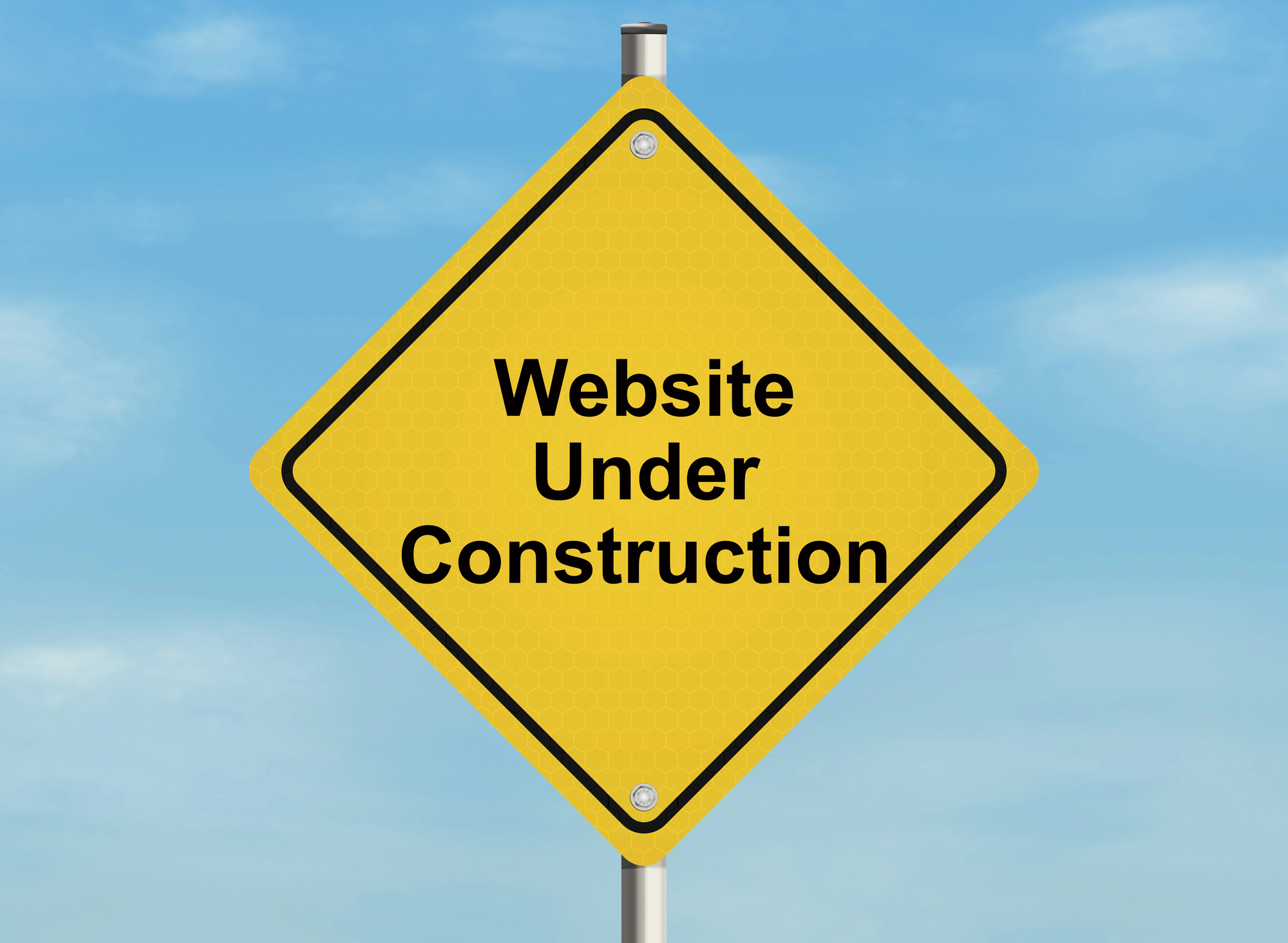How to Optimize Your E-commerce Website for SEO
In the highly competitive world of e-commerce, having a well-optimized website for search engines is crucial to spread the word about your products, attract organic traffic and boost sales.
However, SEO for eCommerce can be different from an informative website.
To help you navigate the complexities of SEO for eCommerce, we've put together a guide on how to optimize like a pro.
1. Do Your Keyword Research
Keyword research can be tedious, but it pays off. Start by conducting thorough keyword research to identify the phrases and terms your potential customers are searching for.
The easiest way to do this is with reliable tools like Google Keyword Planner and competitor analysis to pinpoint high-value keywords relevant to your products.
Make a list and remember to update the list regularly, since SEO is always changing.
2. Optimize Product Pages for SEO
Each product page should be a mini-SEO masterpiece. Optimize product titles, descriptions, and image alt tags with relevant keywords. Ensure that your URLs are clean and include keywords whenever possible.
3. Prioritize High-Quality Content
Invest in informative and unique product descriptions, an About Us page, and customer testimonials. Not only does this boost SEO, but it builds trust and engagement with your target audience for organic traffic that search engines love.
FYI: avoid using manufacturer-provided content, as duplicate content can harm your SEO.
For eCommerce content, it helps to Include product specifications, benefits, and answers to potential customer questions.
4. Make Sure Everything is Optimized for Mobile
With mobile shopping on the rise, your website must be mobile-responsive. Google prioritizes mobile-friendly sites, so ensure a seamless experience for mobile users.
5. Check Page Speed
Speed makes a difference! Users want to browse fast, and it is also a significant ranking factor for SEO, so make page loading speed a priority.
If you feel like your speed is sub-par, some things you can do to experiment include compressing images, minimizing code, and leveraging browser caching to improve site speed.











